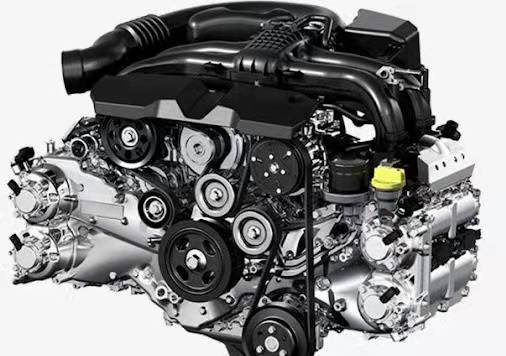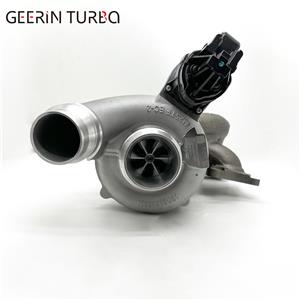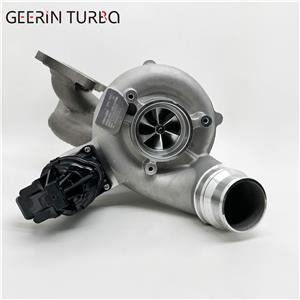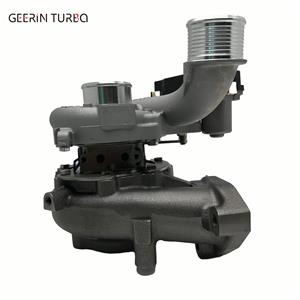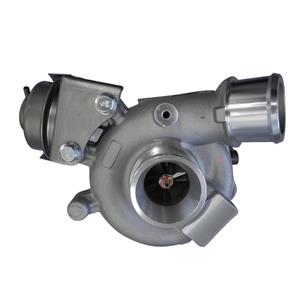Why is the turbocharger the most prone to failure of diesel engines?
Why is the turbocharger the most prone to failure of diesel engines?
Why is the turbocharger the most prone to failure of diesel engines? Because the rated working speed of the turbocharger is more than 130,000 revolutions per minute, and it is at the outlet of the exhaust manifold, the temperature is extremely high (above 800°C), and the inlet and exhaust pressures are also large, that is, high temperature, high pressure, and high speed. Therefore, the requirements for the lubrication, cooling and sealing of the turbocharger are relatively high. In order to ensure the service life of the turbocharger, the design should ensure the lubrication and cooling of the turbocharger's floating bearings, and at the same time, it is required to do so during use.
① After starting the engine, run it at idle speed for 3~5 minutes. Do not add load immediately to ensure good lubrication of the turbocharger. The main reason is that the turbocharger is located on the top of the engine. If the turbocharger starts to run at high speed immediately after the engine is started, the oil pressure will not increase in time to supply the turbocharger, causing damage to the turbocharger due to lack of oil or even burning. Broken the entire turbocharger.
②The idling time should not be too long, generally no more than 10 minutes. If the idling time is too long, it is easy to cause oil leakage at the compressor end.
③Do not turn off the engine immediately before stopping. It should be idling for 3~5 minutes to reduce the speed of the turbocharger and the temperature of the exhaust system to prevent heat recovery, oil coking, bearing burnout and other faults. Frequent incorrect use will damage the turbocharger.
④For engines that have not been used for a long time (usually more than 7 days), or engines with new turbochargers, add oil to the inlet of the turbocharger before use, otherwise the service life will be reduced or the turbocharged will be damaged due to poor lubrication Device.
⑤ Regularly check whether there is loose air leakage or oil leakage at each connection part, and whether the oil return pipe is unobstructed, otherwise it should be eliminated in time.
⑥Ensure that the air filter is clean and replace it regularly as required.
⑦Change the oil and oil filter regularly.
⑧Regularly check the radial and axial clearance of the turbocharger shaft. The axial clearance should not be greater than 0.15 mm. The radial clearance is: the gap between the impeller and the pressure shell is not less than 0.10 mm, otherwise, it should be repaired by professionals to avoid enlarged losses.
